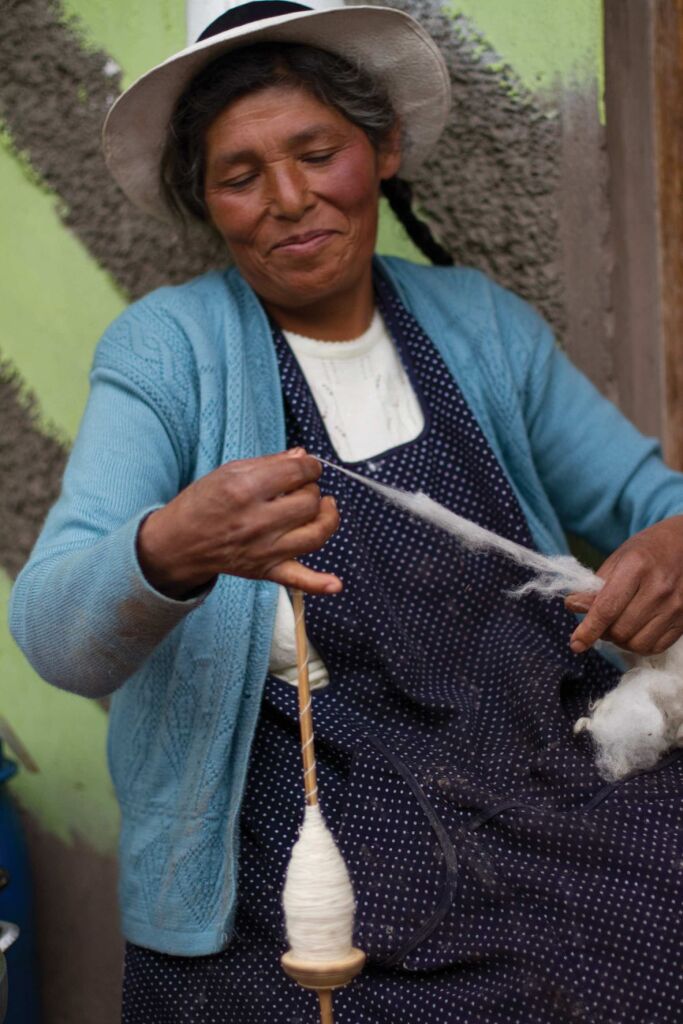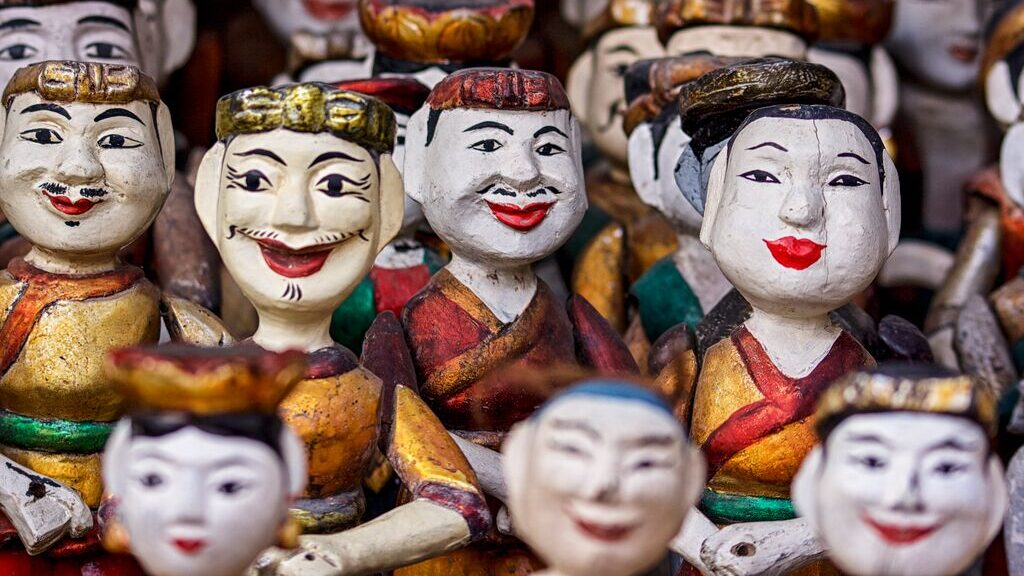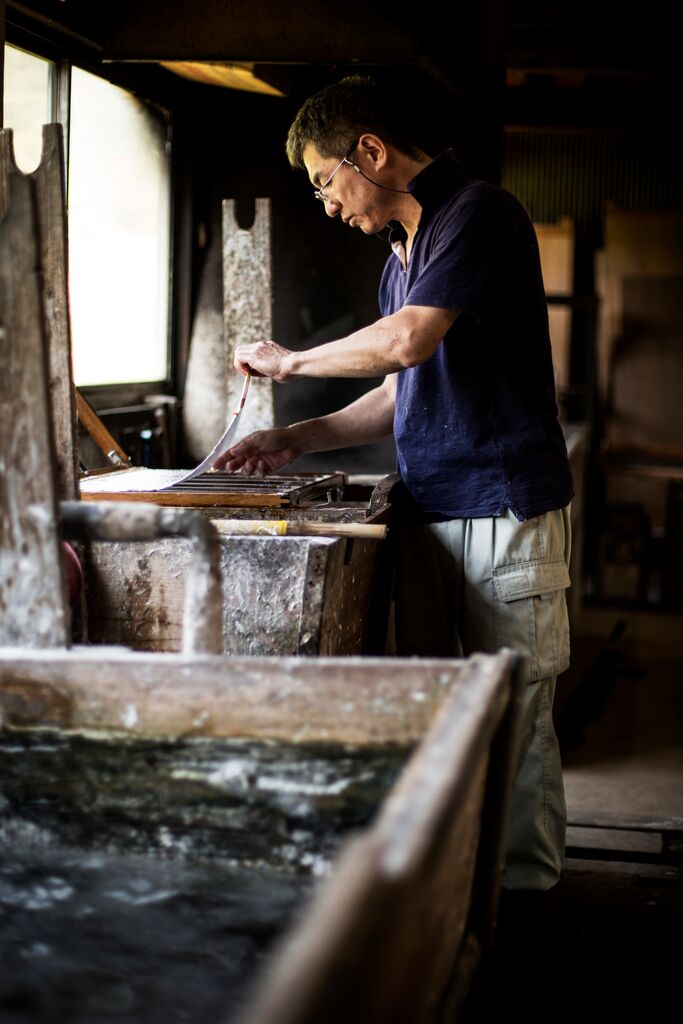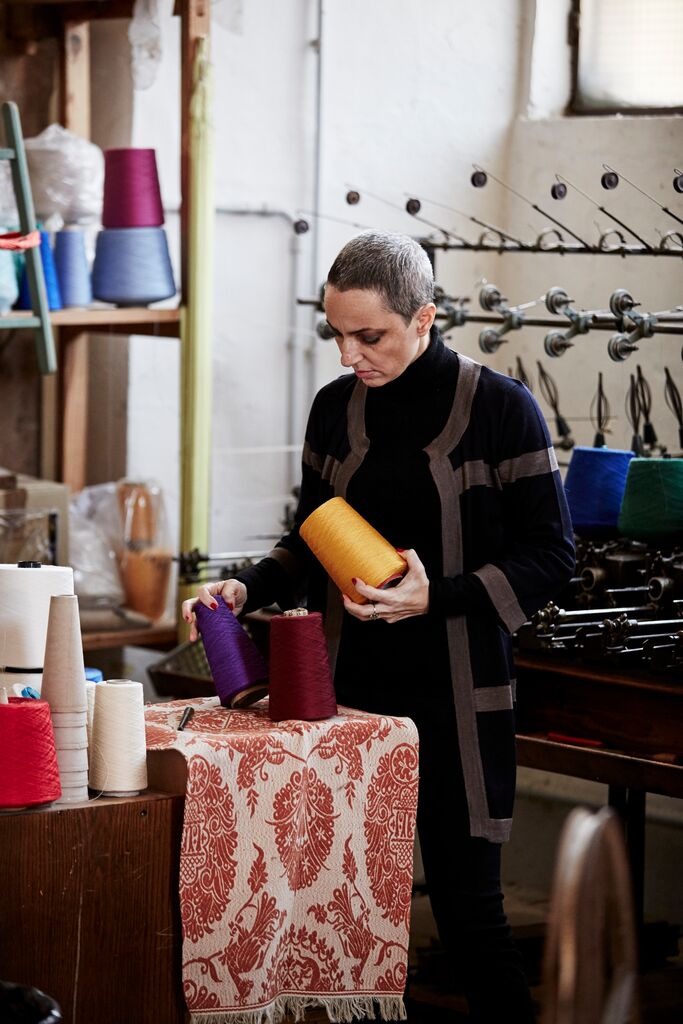Recently updated on March 3rd, 2025 at 04:07 pm
Get hands-on, connect with amazing locals, and unlock the best of your destination with these arts and crafts experiences. From the peaceful world of Japanese washi paper-making to the fiery artistry of Venetian glassblowing, these experiences offer a unique lens into the traditions and stories that shape a culture. Step into the world of artisans, young and old, as they show us age-old traditions through these these arts and crafts experiences.
Learn to weave the Quechua way


Peru’s indigenous tradition of spinning, dying, and weaving textiles is 10,000 years old. No wonder their fabric is so colorful and iconic! Using local wool, typically alpaca or llama, indigenous Quechua women create gorgeous technicolor tapestries; a crucial part of the local cultural identity. On the Highlights of Peru tour, you’ll meet up with Nilda Callañaupa Alvarez in Cusco, a master Quechua weaver and the first person from her village to go to university. You’ll learn all about traditional weaving and natural dyeing techniques. Nilda works with The Centro de Textiles Tradicionales del Cusco (CTTC), a non-profit organization that was established in 1996 by Andean weavers and their supporters. The CTTC supports weavers across ten villages by building local weaving centers, hosting workshops, and promoting weavers’ textiles on the international market.
Meet Nilda and unlock Andean textiles on Highlights of Peru
We think you’ll also like: The Peruvian women keeping ancient textiles alive
Vietnamese crafts


Water Puppet Show
In Hanoi, Vietnam’s energetic capital, you can find one of the country’s most curious folk traditions: the Northern Vietnamese art of water puppetry. This goes back almost a thousand years, and depicts folk tales of Vietnamese rural life using hand carved puppets in water, often with an orchestra too. Legend has it farmers used to do this to entertain each other when their rice fields flooded. Puppeteers stand in waist-high water, manipulating their puppets so skilfully that you can’t help but get swept up in the legend being told. Unlock this unique part of Vietnamese culture with a traditional Water Puppet performance in a local theater on Highlights of Vietnam.
Bamboo Paper Art Workshop
Truc Chi is a new form of art in Hue, consisting of paper made from bamboo pulp. Artisans use traditional techniques to craft the paper, but with bamboo as the only material. They use this to then produce intricate, one-of-a-kind pieces. The underlying mission of Truc Chi artists is to elevate this craft to become a vital part of Vietnamese culture, much like Japan’s revered ‘washi’ paper. Will you help them in their mission? Well in this workshop on Highlights of Vietnam, you’ll be able to! As you pass through Hue, you’ll enter a Truc Chi workshop and speak with the local artists who are working to champion this new artform. Then, you’ll get to create your own Truc Chi to then take home as a souvenir.
Discover Water Puppets and Truc Chi on Highlights of Vietnam
We think you’ll also like: Discover artisans and their traditions in Vietnam
Learn about the History and Ancient Skills on Venetian Glassblowing


In the 13th century, glassmakers from the Middle East started settling in Venice. By the 15th century, the floating city became Europe’s most renowned glassmaking hub. Glassblowers were respected artisans, who organized themselves into exclusive guilds. You had to undergo a rigorous apprenticeship and show real skill before you could become a member. Soon, glassmaking became one of the city’s most important exports, cementing the city as a major global player. Because of this, Venetian glass has become an important symbol of the city’s identity.
Unfortunately, competition and cheap, mass-produced glassware put the Venetian glass industry in crisis in the 18th and 19th centuries. Despite this, efforts to preserve the city’s heritage has helped it survive til today, where it still stands as a powerful part of Venice’s economy and cultural heritage.
On most of our Italy tours, you’ll get to visit a glass workshop in Venice, witnessing an art that has been passed down over centuries. You’ll meet the master craftsmen who keep glassblowing alive, learning all about its history and their techniques. Watch closely as they shape the molten glass into gorgeous pieces of art. Why not bring home a souvenir for your own collection, and in doing so help preserve and sustain this ancient tradition? While Venetian glassblowing’s future is challenging, due to the demand for cheap, mass-produced goods, experiences like these help keep these ancient crafts alive.
We think you’ll also like: Discover Venice’s extraordinary blown glass art
Traditional Art, Food, & Medicine Workshop at the Sitting Bull Visitor Center


In the Standing Rock Indian Reservation, uniquely situated in both North Dakota and South Dakota, you’ll find the Sitting Bull College. Guided by Lakota culture, Sitting Bull College helps build and preserve Indigenous culture through education, economic development, and interactive activities. One of which is this Traditional Medicine Workshop, where you’ll learn about medicinal plants as you make your own tea-mix, all based on their particular healing purposes.
This is just a small part of the Sitting Bull Visitor Center experience, where you’ll meet Jennifer Martel (or Wahukaze Nunpa Win, Two Lance Woman in Lakota). She’s the visitor coordinator and has worked at the center for the past 18 years. She was a steadfast participant in the Standing Rock Movement, orchestrated impactful marches in Washington DC, and has even addressed the United Nations. Notably, she’s a board member of the Indigenous Peoples Movement, a global initiative uniting indigenous communities worldwide. She’ll eagerly introduce you to the artisans, herbalists, and craftsmen who have kept these traditional Lakota crafts alive til today.
Discover this on National Parks and Native Trails of the Dakotas
We think you’ll also like: How this tour brings to life Native American culture in a completely new way
Gokayama Washi Paper Workshop


Although washi stems from the Japanese words wa, meaning Japanese, and shi, meaning paper, the origins of washi paper actually trace back to China. Nevertheless, it’s the Japanese who have elevated the washi craft to its peak, producing paper that is not only aesthetically pleasing but also incredible quality; a symbol of the Japanese industrious spirit.
On the Splendours of Japan, you’ll learn about washi paper making with traditional artisans in Gokayama, a UNESCO-listed mountain village that sits between 5 picturesque valleys. Here, you’ll learn from real artisans all about how they make washi paper. From when they strip bark and extract three fibers, to when they soak it in chemicals and then rinse in water or snow. This transforms the fibers into a pulp, which is then made into a sheet through a dipping and scooping process. Washi found its purpose in crafting those shoji screens used in Japanese households, along with books and even hats!
This Gokatama mountain meeting is one of the most unique arts and crafts experiences you can do. Not only will you get to see an interesting part of Japanese culture, you’ll also help sustain a small, local business within a remote mountain community.
Discover washi-paper making in Gokayama on Splendours of Japan
We think you’ll also like: 5 Japanese ancient customs we need to protect
Visit the Laboratorio Guiditta Brozetti Museum in Perugia


In Umbria, Italy, there exists a textile art that dates back to the Middle Ages. You can see Perugian tablecloths in Old Master paintings, of those from Giotto to Leonardo Da Vinci. Yet this textile art is a dying one, and it’s people like Marta Cucchia, director and designer of Laboratorio Giuditta Brozzetti, who is keeping it alive. One of the last people in Italy working with this ancient craft, she uses techniques that were passed down orally from generation to generation.
Visit Marta on your trip through Perugia, where you’ll unlock Umbrian hand-weaving during a private demonstration. Your visit helps preserve this ancient art form, and it really does go a long way. Marta herself told us in an interview:
‘Trafalgar has been a huge support, both morally and financially. For many years, keeping my business open was literally a fight. Having such a big company believing in me has been a great recognition and has given me new energy and hope for the future.‘.
We think you’ll also like: Marta Cucchia is keeping an Italian ancient craft alive
Meet Marta and unlock Umbrian textiles on Italy Bellissimo